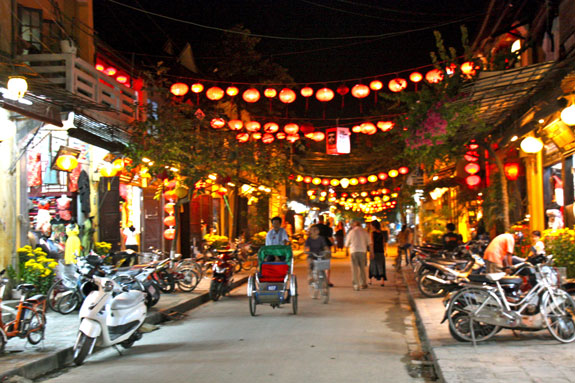The longer your holiday, the more you should consider Southeast Asia

Regardless of where you live, when planning a short vacation of no more than a week, then the cost of airfare is going to have a huge impact on the total price. Flying to a cheap destination isn’t going to save much if you are only there for a few days, but for those with at least two weeks to spend, Southeast Asia easily provides the best value.
Whether you are coming from Europe or from North America or almost anywhere else, you can usually get reasonably priced flights into Bangkok and Kuala Lumpur, and both of those are also ideal starting points for a tour of the region.
Higher airfare can be overcome in only a few days on the ground
Let’s say you are in London and you are looking to spend two weeks in a warmer place. You might find flights to Spain that cost US$200 round trip, and flights to Bangkok that cost US$800 round trip. So naturally you head to Spain, once again.
If you are a bit more adventurous you might research hotel prices in Bangkok before deciding, and if you search on a typical booking site you’ll probably see that most hotels there are over US$100 per night, so it doesn’t look any cheaper. But in reality, it is much cheaper. Most of the cheapest hotels in Southeast Asia aren’t listed on the main booking sites, and almost everywhere else in the region is cheaper than Bangkok anyway.
US$20 per night hotels are very nice in the region
If you fly into Bangkok you’ll probably want to stay for at least a few nights, and you can easily find hotels for under US$40, even if you book online. Then your next stop might be Chiang Mai or Siem Reap (next to Angkor Wat in Cambodia) and in both places it’s easy to find hotels for under US$20 per night.
If you’ve been to India before you might expect that the cheapest hotels are well below your standards, but in Southeast Asia the cheaper ones tend to be very nice, and usually small and family run. I spent 4 months traveling around Vietnam, and except for the two largest cities, I was easily able to find hotels for around US$10 per night. In every case, these hotels had air conditioning, TV with international channels, hot water in spotless bathrooms, and free Wi-Fi in the room. In Europe the Wi-Fi itself might be US$10 per night, but in Vietnam you sometimes even get breakfast included for that price.
Food, attractions, and transportation are also amazingly cheap
With at least two weeks you’ll want to tour around Southeast Asia rather than just stay in Bangkok or Kuala Lumpur, and the less time you spend in those cities the lower your budget can be. If you stay outside of the capital cities, you can find US$20 hotel rooms with breakfast included, and eating lunch and dinner for under US$10 per day is a breeze. Compare that to Spain where US$10 for each meal is sometimes a struggle.
The savings don’t stop there. You aren’t only going on holiday to sleep, so you want to move around and see the main sites, and fortunately all of that is very inexpensive as well. A typical 5-hour bus ride in Southeast Asia – even on a comfortable “VIP” bus – will usually cost under US$10, if not closer to US$5.
The temples and museums are usually free or very cheap to enter as well. The most famous and visited museums in Vietnam each cost around US$1 admission, for example. The only exception in the region is the Angkor Wat temple complex in Cambodia, which costs US$20 for one day. However, once you actually visit there you’ll see that even that is an amazing bargain due to the size and upkeep of the place.
Speaking English is enough
Many people fear going to places like Southeast Asia because they know the languages are difficult to learn. But the reality is that Southeast Asia is actually one of the easiest places to visit, language-wise, because virtually everyone you’ll be dealing with speaks English, and most restaurants you’ll visit have menus in English.
Generally they only speak enough English to perform whatever transaction they are there to do, like check you into a room or take down your meal order, but it’s usually all that’s needed. In fact, one of the nicer things is that they all assume that you don’t speak the local language and that you do speak English. With this, you avoid the complications you get when visiting parts of Europe or South America where people assume you know the local language.
